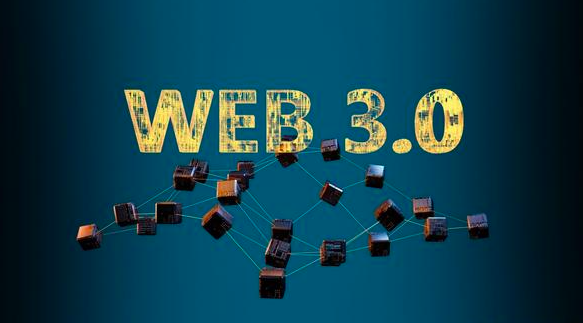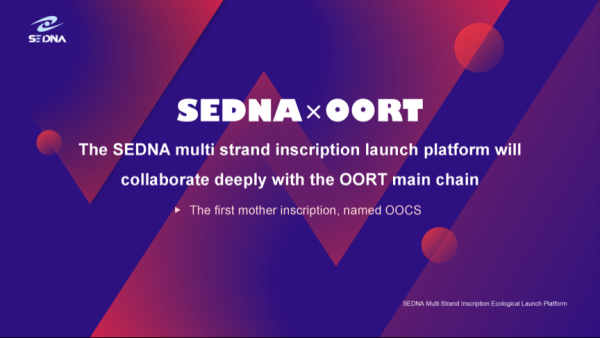
Ahmed Al-Balaghi, CEO and Co-Founder of Biconomy, a Web3-focused multichain relayer for blockchain developers.
________
Much of the philosophy and conviction behind Web3 is about removing middlemen and creating a future where users have self-ownership over their financial assets and decision-making. However, the current crypto infrastructure is highly fragmented with spotty use cases and evolving regulation, leaving a lot to be desired. Multiple chains and layer 2s have come up to scale Web3, but there's a lot of friction between these chains leading to lower network effects.
There’s a strong case to be made for replacing traditional banking systems with cryptographic technology, but using monolithic blockchains that restrict users to their ecosystems isn’t the answer. It only provides a perceived sense of financial freedom, where centralization has revealed its limitations.
Not to mention the long list of complexities that await users coming into Web3. There’s the clunky user experience, the self-management of wallets and keys, and the lack of killer apps. And then, as Web3 has been becoming more multichain, the burden of dealing with cross-chain friction has made the experience even worse.
While we’re still early, the winners of Web3 will be the ones laser-focused on building a viable experience. This is where a chainless experience matters. While the Web3 infra will be multichain, the experience will have to be chainless.
Holding users captive on one blockchain and then confusing them with overly-technical processes won’t encourage participation. But what if we could abstract away their cross-chain mechanisms to the background, so the user doesn't need to worry about them? Dapps (decentralized applications) and products built on-chain will enable better participation without compromising the fundamental decentralized purpose of Web3.
A common narrative is that one chain will eventually find a solution to the myriad of problems faced by others, from gas fees to transaction times, and will ultimately become “the one” blockchain above all others.
Each shiny new blockchain comes loaded with promises to unlock the holy grail of Web3, but history shows this only results in exposing the blockchain’s flaws. New chains will pop up to propose solutions, and the cycle of innovation continues.
While these new chains navigate fresh challenges and technical roadblocks, they also become fertile ground for builders to experiment with new projects, further fueling interest and communities in Web3. This flywheel of engagement is healthy for us all.
For example, over the last year, Solana (SOL)’s total value locked has grown from USD 152m to USD 7.87bn, indicating the growth in investment on the chain.
With the different chains growing in strength, the need to move across them becomes so much more important — because users will need options and mobility across chains. This is true freedom in Web3.
Currently, bridges are the go-to mechanism to make the move across chains. Much like most new technologies, these have run into problems — most specifically with user experience & onboarding. Most users don’t want to deal with using bridges, moving their funds around, managing multiple chains etc. And new mainstream users have such steep learning to understand any of it, that they are going to run away.
Another issue is security. A bridge hack in February this year proved to be one of the biggest in crypto at the time. The Wormhole hack saw USD 321m stolen. Concerns around bridge security had already been raised, specifically by Ethereum (ETH) co-founder Vitalik Buterin.
As the reality of a multichain future beckons, the need for connecting bridges becomes undeniable. Bridges will be critical to Web3 infrastructure, but the experience of using them will have to improve by leaps and bounds.
While bridges may be inevitable, they do also add complications. This is why interoperability can’t exist if the chains are still front and center in the user experience.
To accelerate Web3 adoption, we need to ask, “How can we declutter and simplify the cross-chain process?” Do we really need to see and execute every part of the bridging or transaction?
Just like how something you ordered off Amazon with a couple of clicks arrives at your house in days, dapps and other projects building on-chain should be able to hide the nuts and bolts behind the scenes while remaining transparent and decentralized.
That’s the key philosophy behind chainless - users should just be able to use any dapp on any chain like they use a Web2 app. Bridging the funds, calling the dapp contract on another chain etc. should be handled by dapp/infra in the background.
A key example is NFTs in play-2-earn (P2E) games. In 2021 and into this year, P2E has become a significant entry point into crypto.
Axie Infinity founder Aleksander Leonard Larsen said during a panel at the Token 2049 conference that half of the game’s players had never used a crypto app before.
This makes sense for a couple of reasons.
Many people enjoy playing games. Less people have technical expertise in DeFi. That’s why it’s “easier” to jump from gaming into crypto through something familiar like a mobile game.
A more illuminating reason is that P2E games somewhat obscure the complex mechanisms going on behind the scenes.
For example, DeFi Land is a yield farming game on Solana that hides the more complex financial elements of yield farming behind a fun user experience. This puts the chain and mechanisms behind an enjoyable gamified experience.
While gaming is a great example of a more chainless experience, Axie specifically also offers insight into the downfall of siloed chains.
Since Axie Infinity was built on its own chain, which means that the users who arrived through this specific game lack access to the other Web3 products and projects. As such, P2E, in this case, as an onboarding mechanism, arrives at a dead end.
If Axie Infinity was connected to other chains with unique value propositions, players would simply see the game as a fun access point, with the freedom to move into other Web3 projects and ecosystems. The onboarding of players continues.
The user experience issues we face today are often seen as part of the price of admission into Web3. This mindset is not sustainable if we aim to make our blockchain technology inclusive and available to all.
With an effectively chainless yet multichain experience, users will be able to hop across chains without executing a dozen technical commands. They can easily move assets, NFTs, and their user identities between worlds to work, live, and play.
By then, traditional banking intermediaries and financial gatekeepers will still be around, but they would be much less relevant.


Copyright © 2021-2024 AssessCrypto All rights reserved.